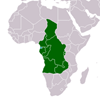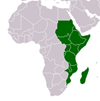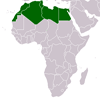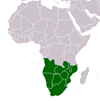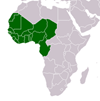Social and Economic factors int the Muslim revolution in Senegambia
Social and Economic factors int the Muslim revolution in Senegambia
This article is an effort to examine the way in which events during and, in some cases, before the nineteenth century shaped modern Senegambian society. It concludes:|(1) That the slave trade contributed to the development of military structures and to the polarization of Senegambian societies between a warrior élite and an industrious Muslim peasant population.|(2) That the change from the slave trade to legitimate commerce weakened the élites while strengthening the Muslim agriculturalists, who were able to accumulate guns and horses.|(3) That tensions between the two conflicting groups go back at least to the seventeenth century, and that after 1860 they led to a series of revolutionary struggles. The agents of this revolution were a series of charismatic religious leaders.|(4) That the course of this revolution was shaped by the involvement of European interests, and after 1854 increasingly by the incorporation of Senegambia in European spheres of influence.|(5) That this merely postponed certain changes. By the beginning of the colonial period, Islam was clearly dominant, and Senegambia's rural populations were heavily involved in the money economy.
CITATION: Klein, Martin A.. Social and Economic factors int the Muslim revolution in Senegambia . : Cambridge University Press , 1972. Journal of African History, Vol.13,No.3,1972,pp419-441 - Available at: https://library.au.int/social-and-economic-factors-int-muslim-revolution-senegambia-2

